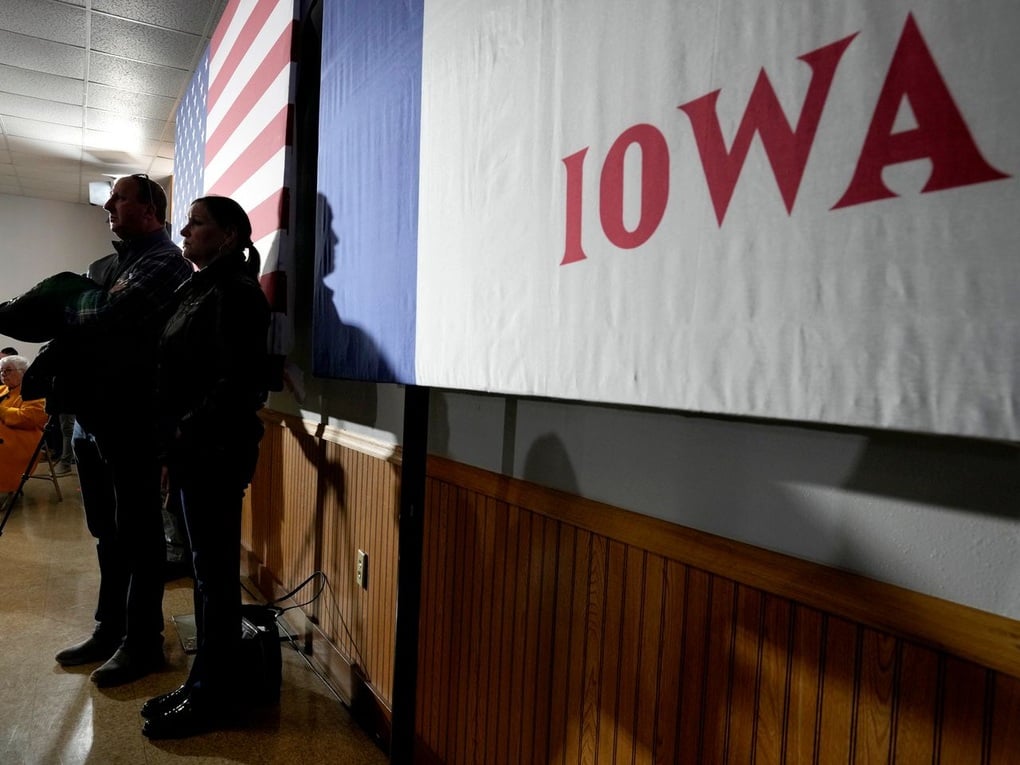
Audience members listen to a Republican presidential candidate speak at a town hall in Ankeny, Iowa, in November 2023 (Photo: AP).
On January 15 local time, Republican voters in Iowa will go to the polls to choose who they want to represent them in the race for the White House.
While Iowa — a state of just 3 million people — does not have the political clout to decide who will occupy the White House in 2025, its status as the first state to hold its primary makes it crucial in shaping the race.
Big Question
Before the official presidential election in November, US states and territories will hold primary votes for the Republican and Democratic parties to choose their candidates. This process will take place from now until June.
Since the 1970s, Iowa has been the first state to hold its primary in the nation. But this year, that’s only true for Republicans, because Democrats have adjusted their primary schedule.
Still, the January 15 vote in Iowa is important. It will give the winner a huge boost of attention at the start of election fever, fueling primaries in other states and drawing in campaign donations.
This year, the big question in Iowa is whether any Republican candidate can compete with former President Donald Trump.
The final poll before the January 15 election by the Des Moines Register/NBC News/Mediacom shows that Mr. Trump still leads his Republican presidential rivals in Iowa.
Specifically, 48% of those who will vote said that Mr. Trump would be their first choice, compared to 20% for former South Carolina Governor Nikki Haley and 16% for Florida Governor Ron DeSantis.
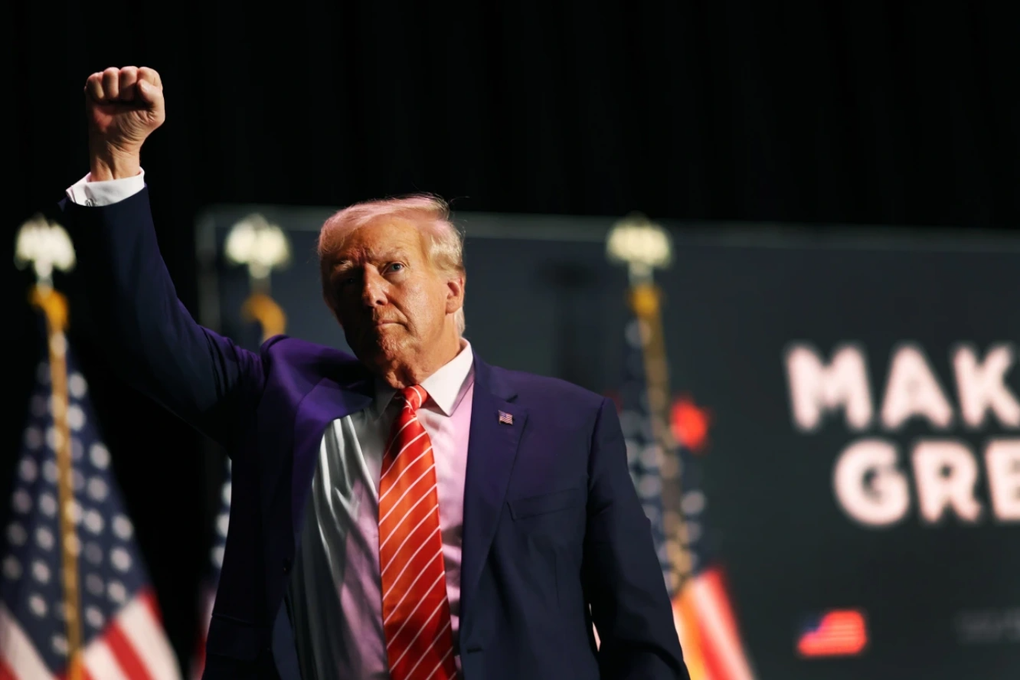
Former President Donald Trump at a campaign event in Sioux City, Iowa in 2023 (Photo: Getty).
Different way
The way Republicans in Iowa vote for presidential candidates is different from most of the rest of America.
Most states hold primaries on a primary basis. Under this system, voters can go to a public polling place at any time during election hours (usually all day long) to cast their ballot. Voters can vote early or by mail.
But the Republican Party in Iowa holds its elections in a caucus format. Accordingly, voters must be present at a predetermined location and time (7 p.m. on January 15) to vote after hearing speeches from the candidates' representatives. Basically, a caucus is similar to a party meeting.
Due to the time constraints, the number of people who participate in the caucus is low. People who may miss out include: night shift workers, students who study far from home, the elderly or disabled who have difficulty leaving the house, and parents who cannot find child care.
Weather conditions like the storms in Iowa could also keep some people home this year.
In 2016, more than 186,000 people voted in Iowa’s last highly competitive Republican primary. That was a record number, but still only about a third of the state’s registered Republicans.
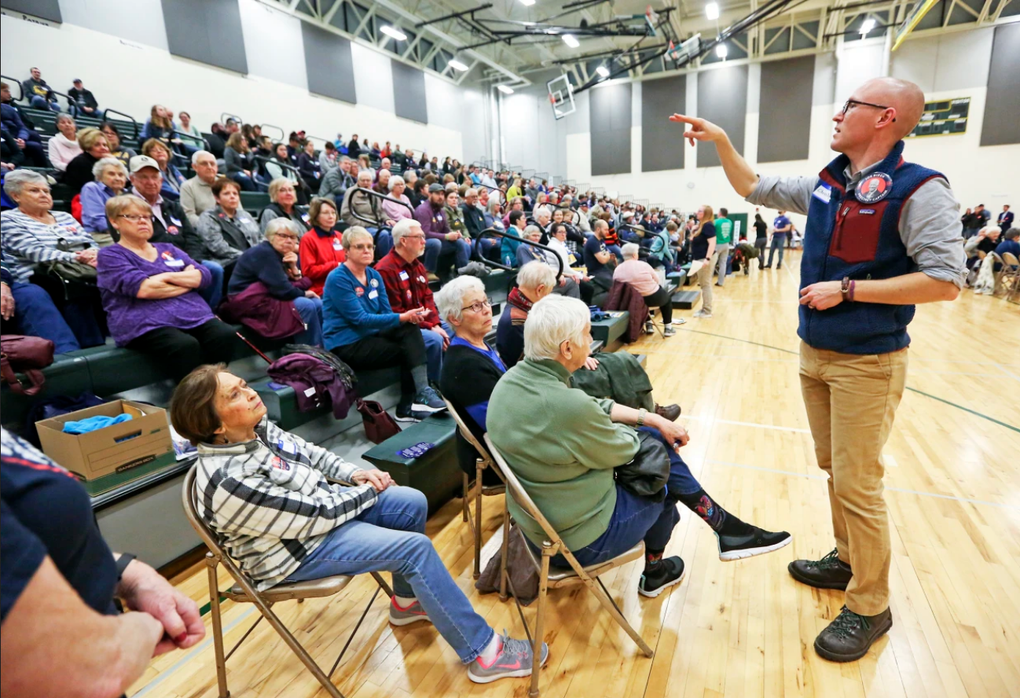
A person counts supporters during a Democratic caucus election in Dubuque, Iowa, in February 2020 (Photo: AP).
Some limitations
Iowa's caucus-style voting system may not yield quick results.
In 2020, the full results of the Iowa Democratic primary were not known for several days due to technical issues, which was a major reason why Iowa Democrats ceded the first round of voting this year to New Hampshire.
The winner of the Iowa primary doesn't always win the national nomination, especially on the Republican side. Iowa Republicans chose Ted Cruz in 2016, Rick Santorum in 2012, and Mike Huckabee in 2008, but all three went on to win the nomination.
Iowans, however, often say their job is not to determine the winner of the nomination, but simply to narrow the field of voters for other states.
Source




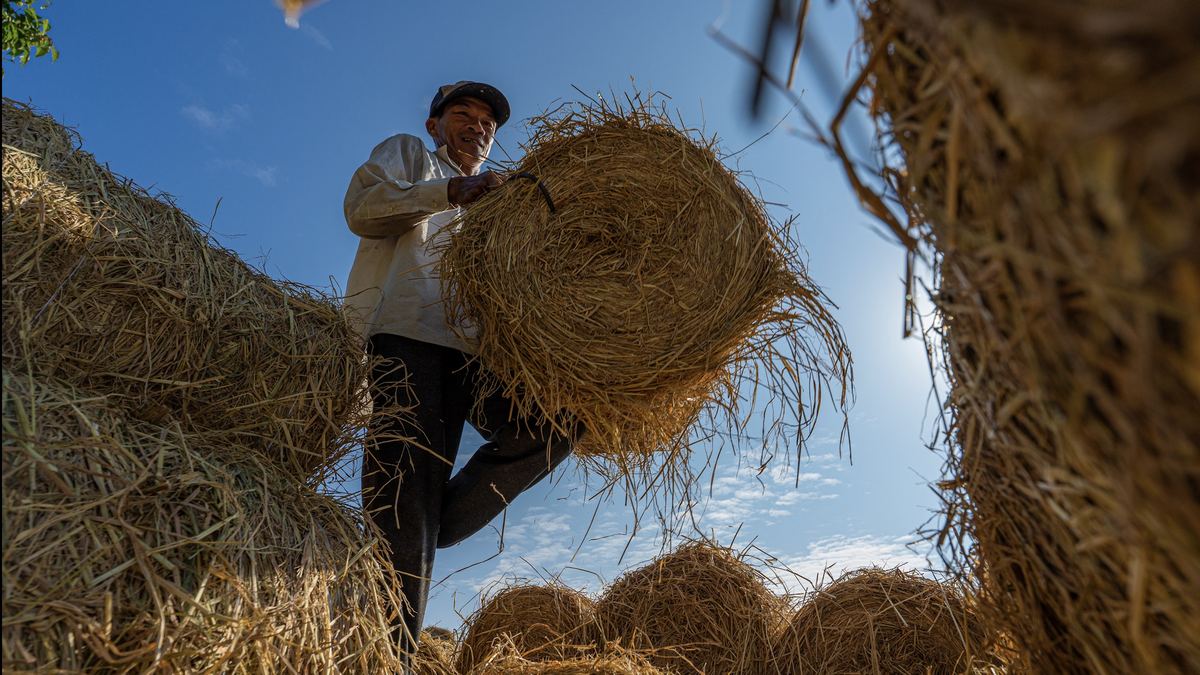





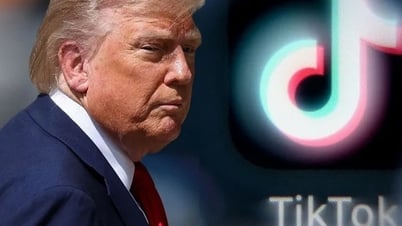






















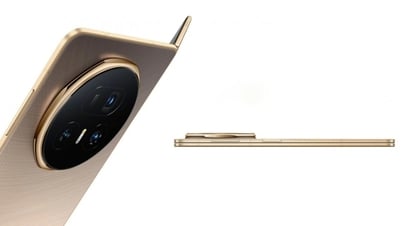
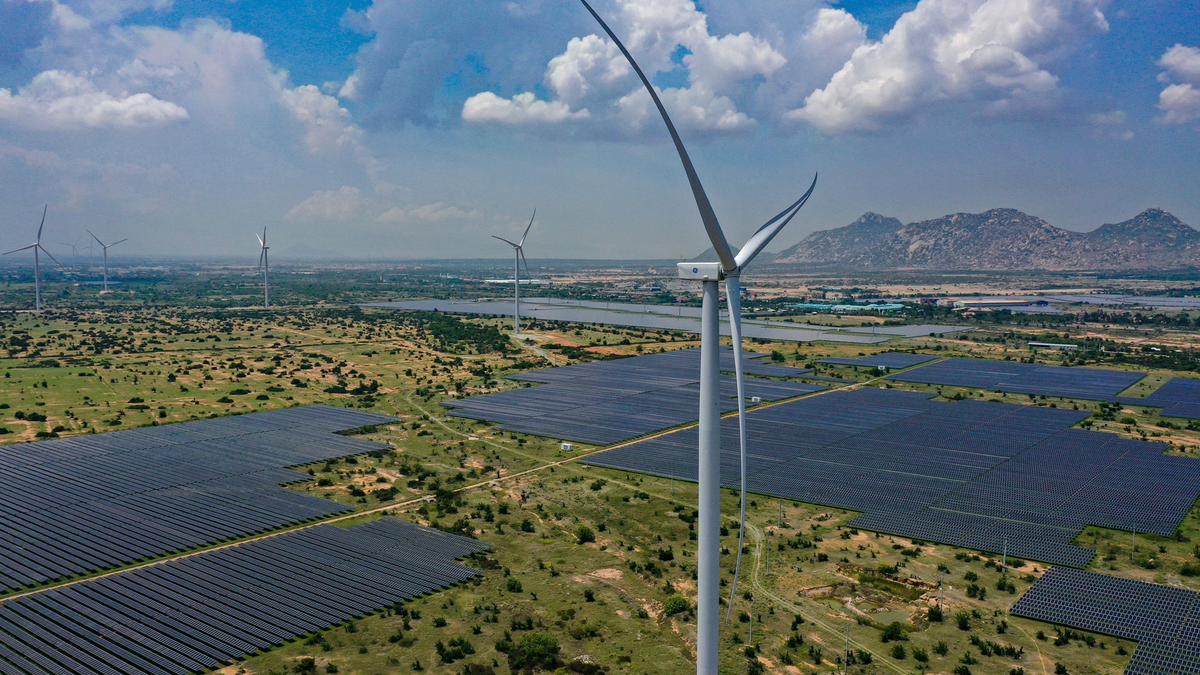







































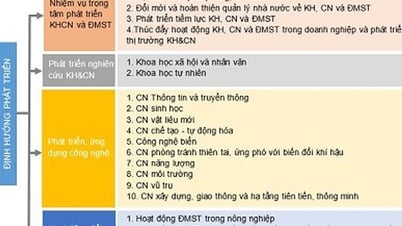








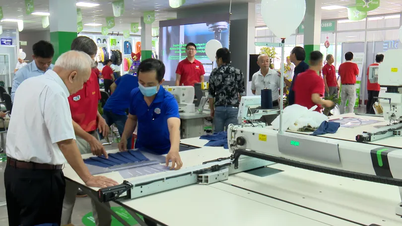












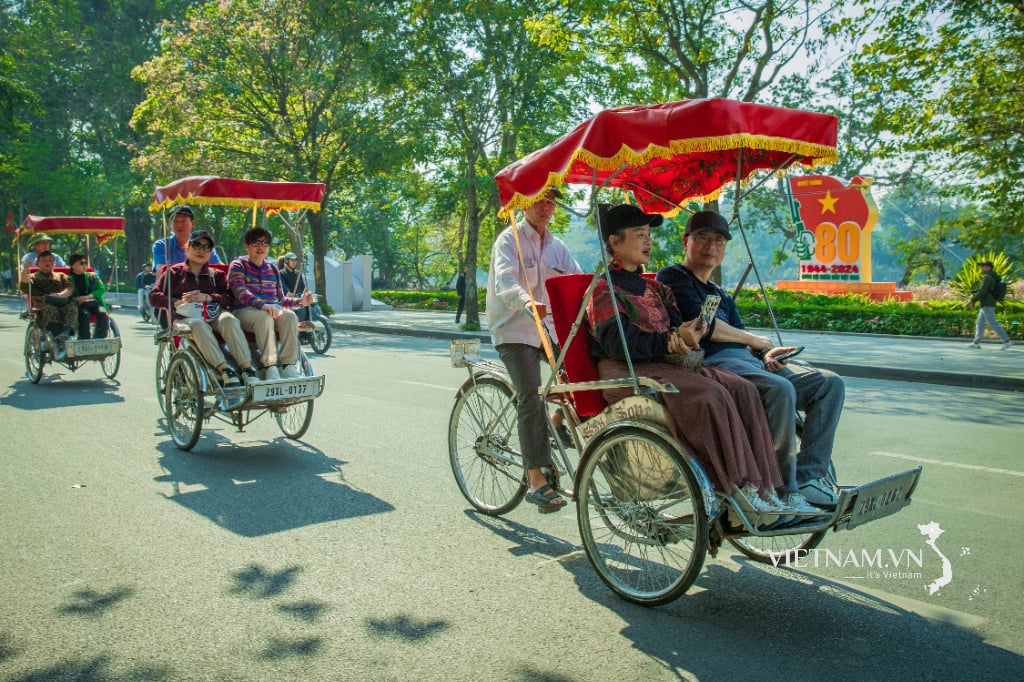

Comment (0)